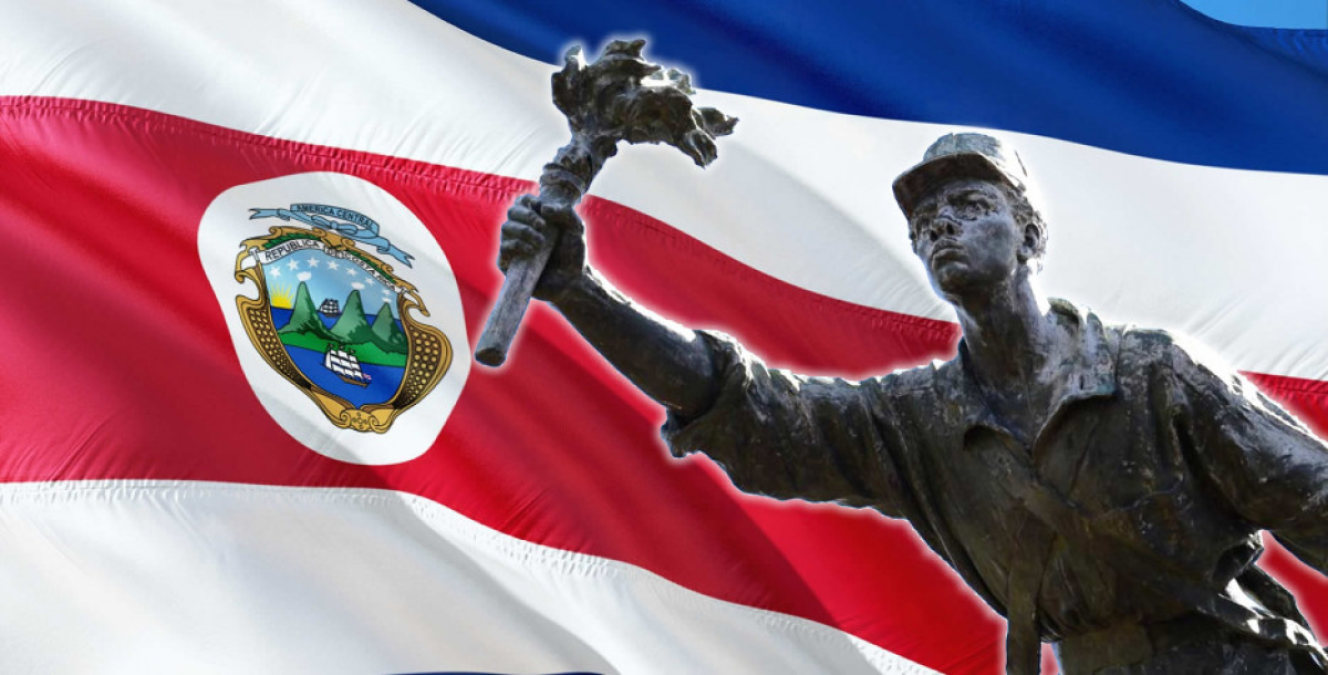The Battle of Rivas took place in Rivas, Nicaragua between the army lead by William Walker and Costa Rica’s army led by President Juan Rafael Mora Porras, General José Joaquín Mora Porras, and General Jose Maria Cañas.
Walker was an American who had assumed control of Nicaragua and was amassing troops and consolidating his power in the region. Alarmed by his actions, Costa Rica declared war on Walker.
Walker’s army was on the run after two battles with the Costa Rican army, when on April 11th 1856, they were confronted with nearly 700 Costa Rican troops in Rivas.
The two armies were fighting each other in a grueling and bloody battle for over nine hours without either side gaining any decisive advantage, when Juan Santamaría, a Costa Rican drummer boy from Alajuela, volunteered to burn down the “El Mesón de Guerra”, a building, in which Walker’s troops where gathered. The son of a single mother, Santamaria volunteered for the charge, with the condition that someone would look after his mother if he died.
Santamaria threw a torch onto the thatched roof of Walker’s stronghold, causing it to catch fire and his troops to flee. While he was successful in his mission and his actions enabled the Costa Ricans to win the battle, Santamaria was then killed by sniper fire.
His heroics were the defining factor in the Costa Rican victory at Rivas. For his sacrifice, he became recognised as a National Hero of Costa Rica.
Juan Santamaria is a household name in Costa Rica. He is considered a national hero and his legacy still endures well over a century after his death. A statue, famous paintings, literature, and even an airport bear his name The country’s main international airport is named after him, the Aeropuerto Internacional Juan Santamaría, though it is more commonly known as the San Jose airport (SJO).
